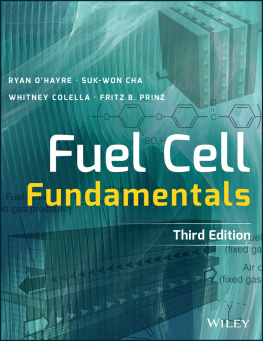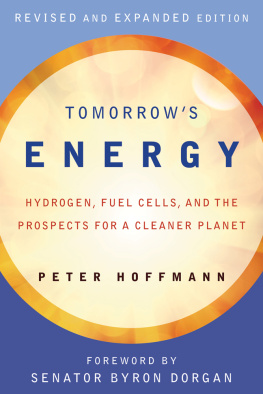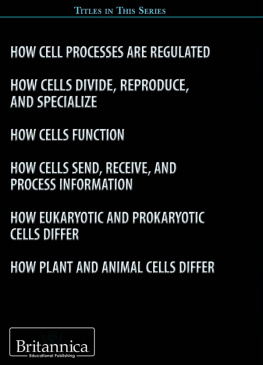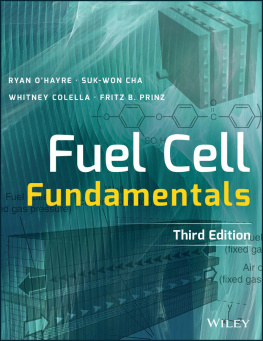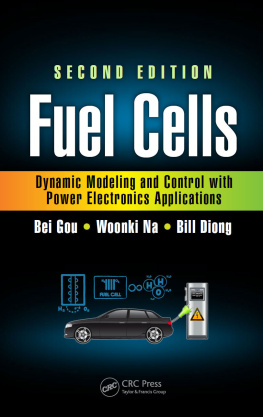
This book is printed on acid-free paper. 
Copyright 2016 by John Wiley & Sons, Inc. All rights reserved.
Published by John Wiley & Sons, Inc., Hoboken, New Jersey.
Published simultaneously in Canada.
No part of this publication may be reproduced, stored in a retrieval system, or transmitted in any form or by any means, electronic, mechanical, photocopying, recording, scanning, or otherwise, except as permitted under Section 107 or 108 of the 1976 United States Copyright Act, without either the prior written permission of the Publisher, or authorization through payment of the appropriate per-copy fee to the Copyright Clearance Center, 222 Rosewood Drive, Danvers, MA 01923, (978) 750-8400, fax (978) 646-8600, or on the web at www.copyright.com. Requests to the Publisher for permission should be addressed to the Permissions Department, John Wiley & Sons, Inc., 111 River Street, Hoboken, NJ 07030, (201) 748-6011, fax (201) 748-6008, or online at www.wiley.com/go/permissions.
Limit of Liability/Disclaimer of Warranty: While the publisher and author have used their best efforts in preparing this book, they make no representations or warranties with the respect to the accuracy or completeness of the contents of this book and specifically disclaim any implied warranties of merchantability or fitness for a particular purpose. No warranty may be created or extended by sales representatives or written sales materials. The advice and strategies contained herein may not be suitable for your situation. You should consult with a professional where appropriate. Neither the publisher nor the author shall be liable for damages arising herefrom.
For general information about our other products and services, please contact our Customer Care Department within the United States at (800) 762-2974, outside the United States at (317) 572-3993 or fax (317) 572-4002.
Wiley publishes in a variety of print and electronic formats and by print-on-demand. Some material included with standard print versions of this book may not be included in e-books or in print-on-demand. If this book refers to media such as a CD or DVD that is not included in the version you purchased, you may download this material at http://booksupport.wiley.com. For more information about Wiley products, visit www.wiley.com.
Library of Congress Cataloging-in-Publication Data is available:
ISBN 9781119113805 (Cloth)
ISBN 9781119114208 (ePDF)
ISBN 9781119114154 (ePub)
Cover Design: Wiley
Cover Illustrations: Ryan O'Hayre
Cover Image: Glacial abstract shapes ppart/iStockphoto
To the parents who nurtured us.
To the teachers who inspired us.
Preface
Imagine driving home in a fuel cell car with nothing but pure water dripping from the tailpipe. Imagine a laptop computer that runs for 30 hours on a single charge. Imagine a world where air pollution emissions are a fraction of that from present-day automobiles and power plants. These dreams motivate today's fuel cell research. While some dreams (like cities chock-full of ultra-low-emission fuel cell cars) may be distant, others (like a 30-hour fuel cell laptop) may be closer than you think.
By taking fuel cells from the dream world to the real world, this book teaches you the science behind the technology. This book focuses on the questions how and why. Inside you will find straightforward descriptions of how fuel cells work, why they offer the potential for high efficiency, and how their unique advantages can best be used. Emphasis is placed on the fundamental scientific principles that govern fuel cell operation. These principles remain constant and universally applicable, regardless of fuel cell type or technology.
Following this philosophy, the first part, Fuel Cell Principles, is devoted to basic fuel cell physics. Illustrated diagrams, examples, text boxes, and homework questions are all designed to impart a unified, intuitive understanding of fuel cells. Of course, no treatment of fuel cells is complete without at least a brief discussion of the practical aspects of fuel cell technology. This is the aim of the second part of the book, Fuel Cell Technology. Informative diagrams, tables, and examples provide an engaging review of the major fuel cell technologies. In this half of the book, you will learn how to select the right fuel cell for a given application and how to design a complete system. Finally, you will learn how to assess the potential environmental impact of fuel cell technology.
Comments or questions? Suggestions for improving the book? Found a typo, think our explanations could be improved, want to make a suggestion about other important concepts to discuss, or have we got it all wrong? Please send us your feedback by emailing us at posts these discussions, fliers for the book, and additional educational materials. Thank you.
Acknowledgments
The authors would like to thank their friends and colleagues at Stanford University and the former Rapid Prototyping Laboratory (RPL), now the Nano-Prototyping Laboratory (NPL), for their support, critiques, comments, and enthusiasm. Without you, this text would not have been written! The beautiful figures and illustrations featured in this textbook were crafted primarily by Marily Mallison, with additional illustrations by Dr. Michael Sanderstheir artistic touch is greatly appreciated!
The authors would like to thank the Deans of the Stanford School of Engineering, Jim Plummer and Channing Robertson, and John Bravman, Vice Provost Undergraduate Education, for the support that made this book possible. We would also like to acknowledge Honda R&D, its representatives J. Araki, T. Kawanabe, Y. Fujisawa, Y. Kawaguchi, Y. Higuchi, T. Kubota, N. Kuriyama, Y. Saito, J. Sasahara, and H. Tsuru, and Stanford's Global Climate and Energy Project (GCEP) community for creating an atmosphere conducive to studying and researching new forms of power generation. All members of RPL/NPL are recognized for stimulating discussions. Special thanks to Dr. Tim Holme for his innumerable contributions, including his careful review of the text, integration work, nomenclature and equation summaries, and the appendixes. Thanks also to Professor Rojana Pornprasertsuk, who developed the wonderful quantum simulation images for . Special thanks to Rusty Powell and Derick Reimanis for their careful editing contributions to the second edition. Finally, thanks to colleagues at the Colorado School of Mines (CSM), including Bob Kee and Neal Sullivan for their helpful discussions and for a decade's worth of students at CSM for catching typos and identifying areas in need for clarification for this third edition.
We would like to extend our gratitude to Professor Stephen H. Schneider, Professor Terry Root, Dr. Michael Mastrandrea, Mrs. Patricia Mastrandrea, Dr. Gerard Ketafani, and Dr. Jonathan Koomey. We would also like to thank the technical research staff within the U.S. Department of Energy (DOE) complex, including researchers at DOE national laboratories [Sandia National Laboratories (SNL), Lawrence Berkeley National Laboratory (LBNL), Argonne National Laboratory (ANL), the National Renewable Energy Laboratory (NREL), and Lawrence Livermore National Laboratory (LLNL), among others]. We would also like to thank research participants within the International Energy Agency (IEA) Stationary Fuel Cell Annex, the American Institute of Chemical Engineers (AICHE) Transport and Energy Processes Division (TEP), and the National Academy of Engineering (NAE) Frontiers of Engineering (FOE) program.
Next page
